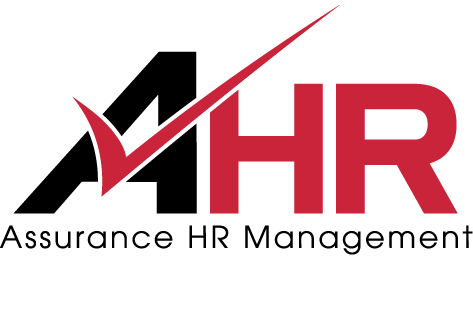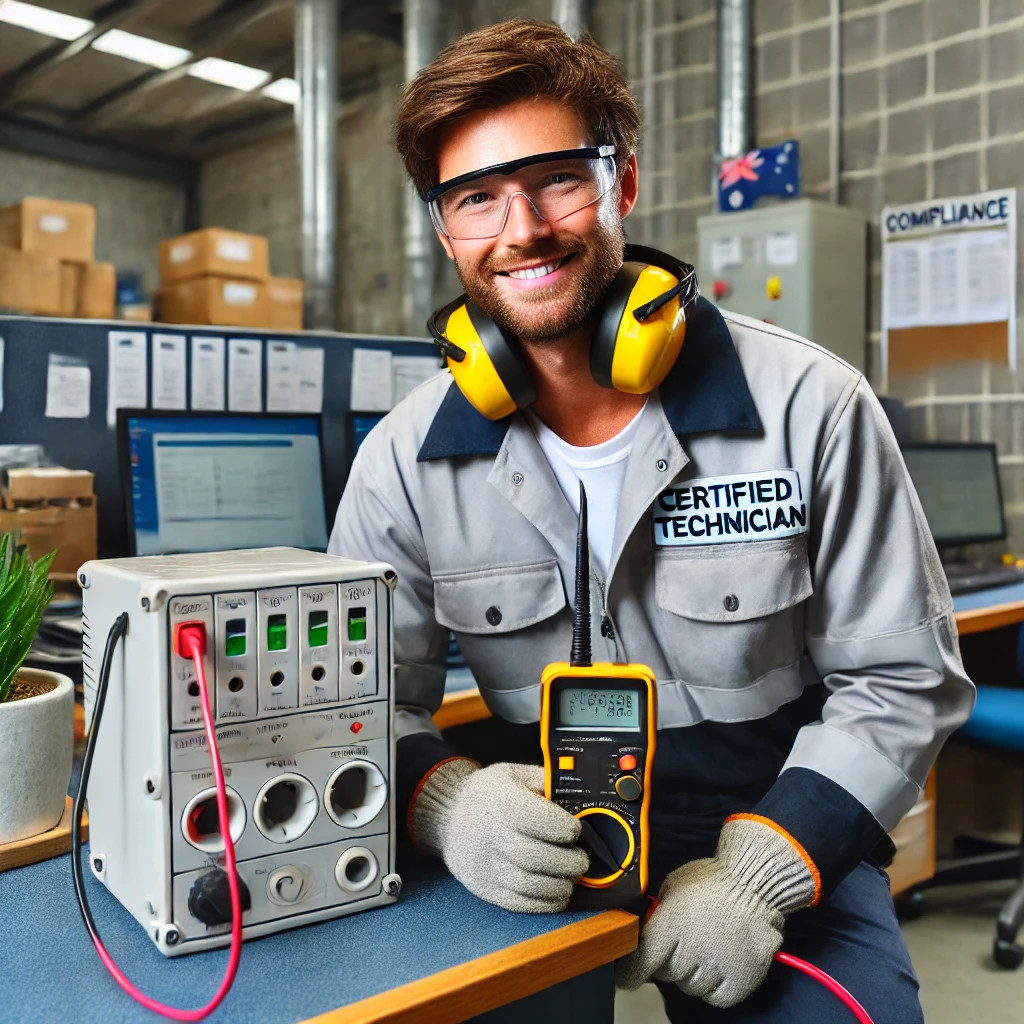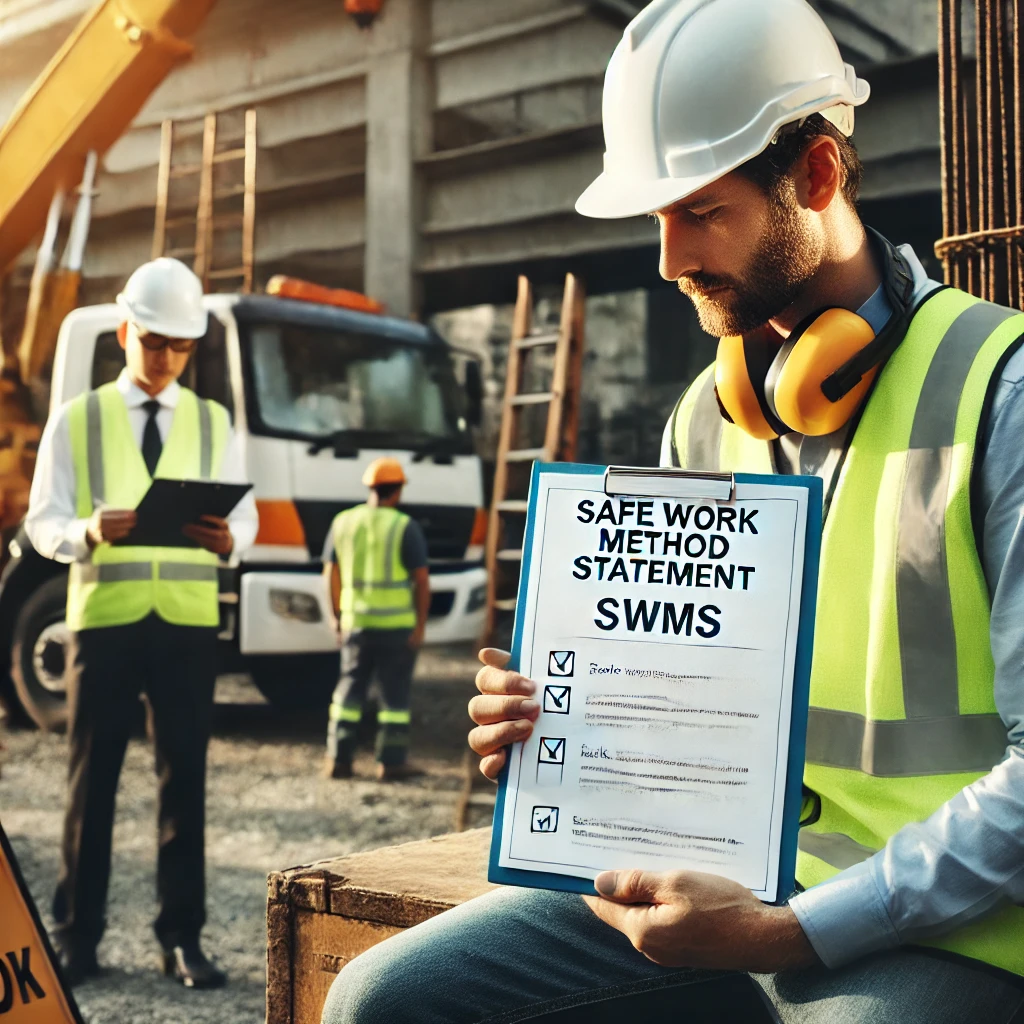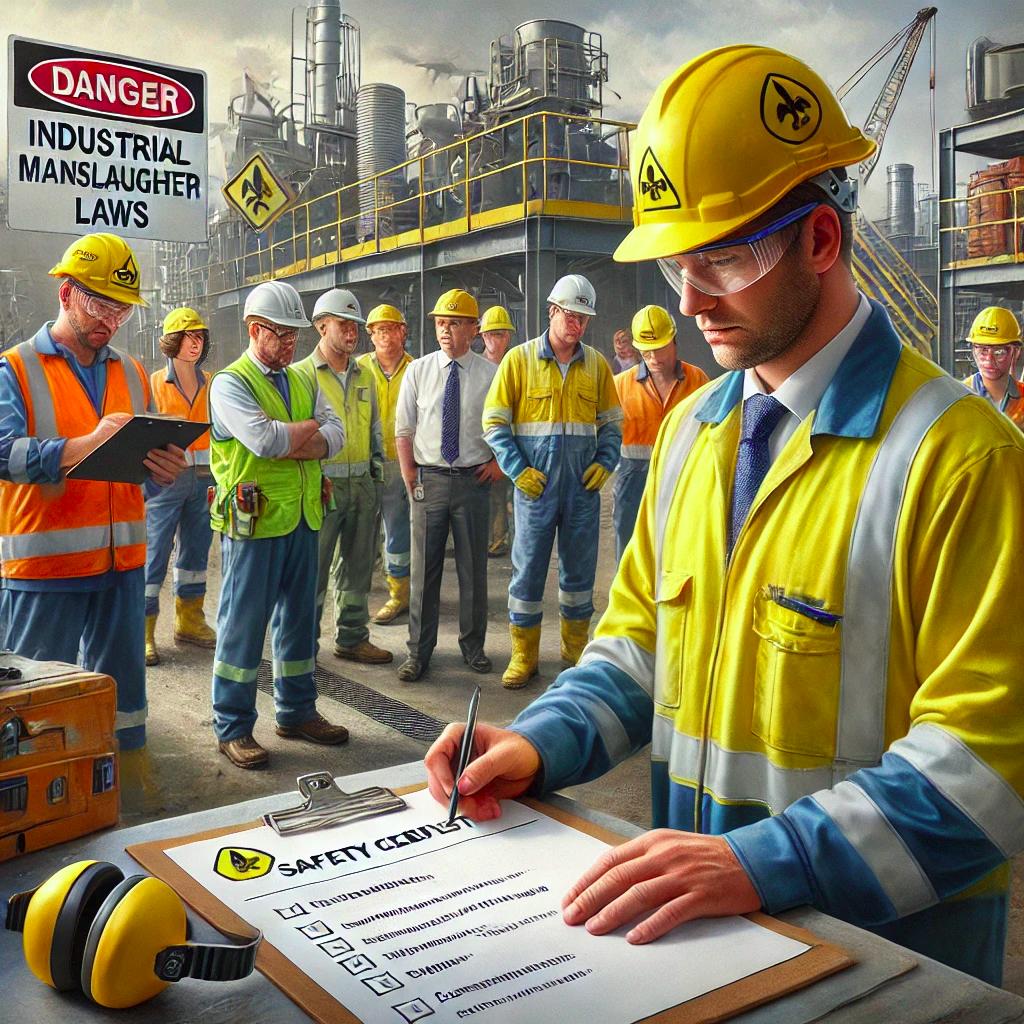Why Every Small Business Owner in Tasmania Needs to Conduct Risk Assessments
Running a small business comes with a long list of responsibilities, and workplace safety should always be a top priority. Therefore, small business owners in Tasmania must consider that risk assessments are a critical part of ensuring a safe work environment for their workers, customers, and visitors. Under the Work Health and Safety Act 2012 (Tas) and the Work Health and Safety Regulations 2022 (Tas), small business owners have a legal duty to identify and manage risks in the workplace.
Why Risk Assessment in Tasmania is Crucial for Small Business
At Assurance HR, our WHS team assists with risk assessment Tasmania, guiding you through the process or completing it for you. Here’s why risk assessment in Tasmania is essential for small businesses and how to maintain compliance with Tasmanian WHS laws.
Understanding Risk Assessment in Tasmania
A risk assessment Tasmania is a systematic process that includes:
- Identifying potential workplace hazards.
- Assessing the likelihood and severity of harm.
- Implementing control measures to reduce or eliminate risks.
- Reviewing and monitoring these measures for effectiveness.
Why Small Business Owners Must Conduct Risk Assessments
- Legal Compliance Under the Tasmanian WHS Act & Regulations
The Work Health and Safety Act 2012 (Tas) places a duty on business owners (PCBU: Person Conducting a Business or Undertaking) to ensure the health and safety of workers and others. The Work Health and Safety Regulations 2022 (Tas) outline specific requirements for risk management, including identifying hazards, implementing controls, and consulting with workers.
Failing to conduct risk assessments can lead to significant penalties, including fines and legal action if a workplace incident occurs.
- Protect Your Workers and Business
Risk assessments help prevent injuries and illnesses by identifying potential dangers before they cause harm. This not only protects your workers but also reduces absenteeism, increases productivity, and minimizes workers’ compensation claims—all of which contribute to the success of your business.
- Avoid Financial and Reputational Damage
Workplace incidents can be costly, from medical expenses and compensation claims to lost productivity and reputational harm. Conducting regular risk assessments helps prevent costly workplace accidents and legal disputes, protecting your bottom line.
- Enhance Workplace Efficiency
A safe workplace is an efficient workplace. Identifying hazards and implementing risk controls can streamline operations, reducing downtime due to accidents or equipment failures. This can lead to a more productive and motivated workforce.
- Meet Your Ethical Responsibility
Beyond legal compliance, every business owner has an ethical responsibility to provide a safe working environment. Prioritizing worker safety fosters a culture of care and responsibility, which improves worker morale and job satisfaction.
How to Conduct a Risk Assessment
Conducting a risk assessment involves four key steps:
Step 1: Identify Hazards
Look for anything in your workplace that could cause harm. Common hazards include:
- Slips, trips, and falls
- Manual handling risks
- Hazardous chemicals
- Electrical hazards
- Noise and vibration
- Fire and emergency risks
- Psychological risks, such as workplace stress or bullying
Step 2: Assess Risks
Once you’ve identified hazards, assess the level of risk by considering:
- Likelihood: How likely is it that harm could occur?
- Consequence: What would be the severity of the harm?
Use a risk matrix to classify the risks as low, medium, high, or critical.
Step 3: Implement Control Measures
The hierarchy of control measures helps determine the best way to manage risks:
- Eliminate the hazard (if possible).
- Substitute, isolate, or modify the hazard to reduce risk.
- Use engineering controls such as machine guards.
- Implement administrative controls like training and safe work procedures.
- Provide personal protective equipment (PPE) as a last resort.
Step 4: Monitor and Review
Risk management is an ongoing process. Regularly review your risk assessments to ensure control measures remain effective, especially if:
- There are workplace changes (new equipment, procedures, or work areas).
- An incident or near miss occurs.
- Workers raise safety concerns.
How Assurance HR Can Help
At Assurance HR, we understand that small business owners have limited time and resources to dedicate to risk assessments. Our WHS team can either show you how to conduct a risk assessment or complete one for you, ensuring that your business is fully compliant with Tasmanian WHS laws.
We can assist with:
- Identifying workplace hazards
- Conducting comprehensive risk assessments
- Developing WHS policies and procedures
- Providing ongoing WHS compliance support
By partnering with us, you can focus on running your business while we take care of your workplace safety obligations.
Get in Touch
Don’t wait for an incident to highlight the importance of risk assessments. Contact Assurance HR today to ensure your business is compliant and your workers are safe. Call us today to learn more about our WHS services.










